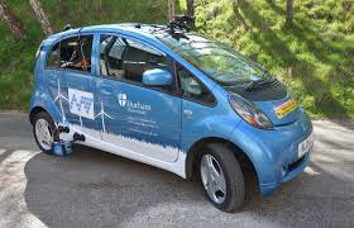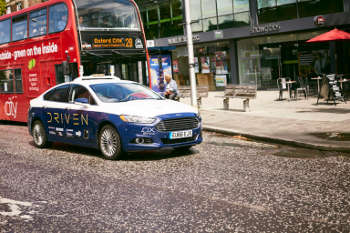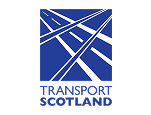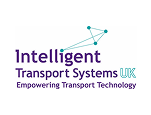It says a vehicle running Five.ai's software, and rigged with the requisite cameras and sensors, would use a convolutional neural network to perceive an object's depth instead of relying on data from high-resolution 3D maps. This, it explains, gives the vehicle greater autonomy. 'They will have an ability not to rely on existing 3D models,' says Alex Flamant, an associate at Notion Capital, an investor in the startup. 'There are a lot of incumbents not targeting this strategy because it's not low-hanging fruit. It's easer to rely on maps.'
But it adds that Five.ai's approach requires the vehicle to carry a lot more processing power on board. Stan Boland, Five.ai's CEO and founder, estimates that a Five.ai vehicle will need three to four times as many computers as Google's driverless car.
The report also quotes Nathan Benaich, a venture capitalist at Playfair Capital in London who says 'There's room for new teams who set out to solve specific problems along the value chain."
























